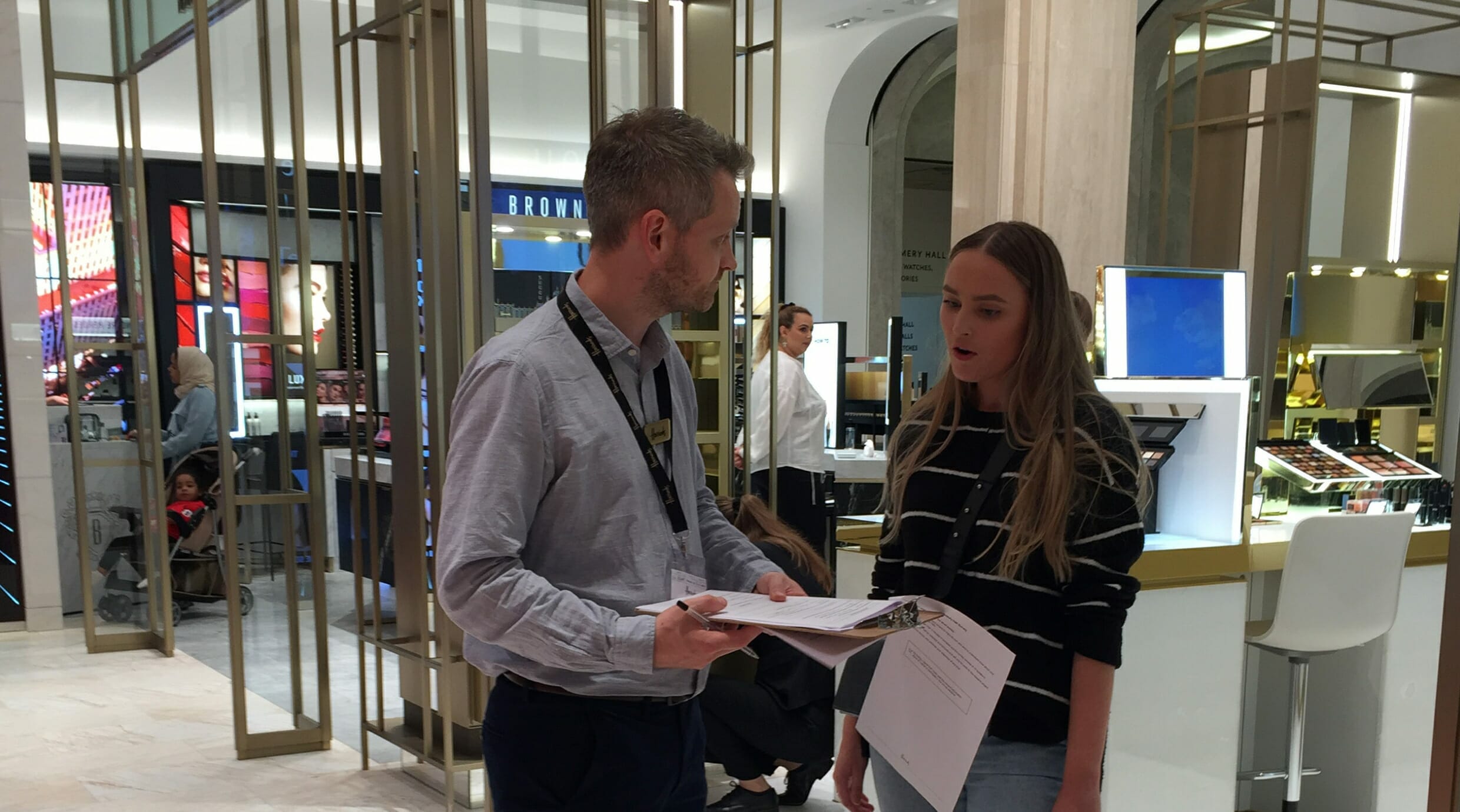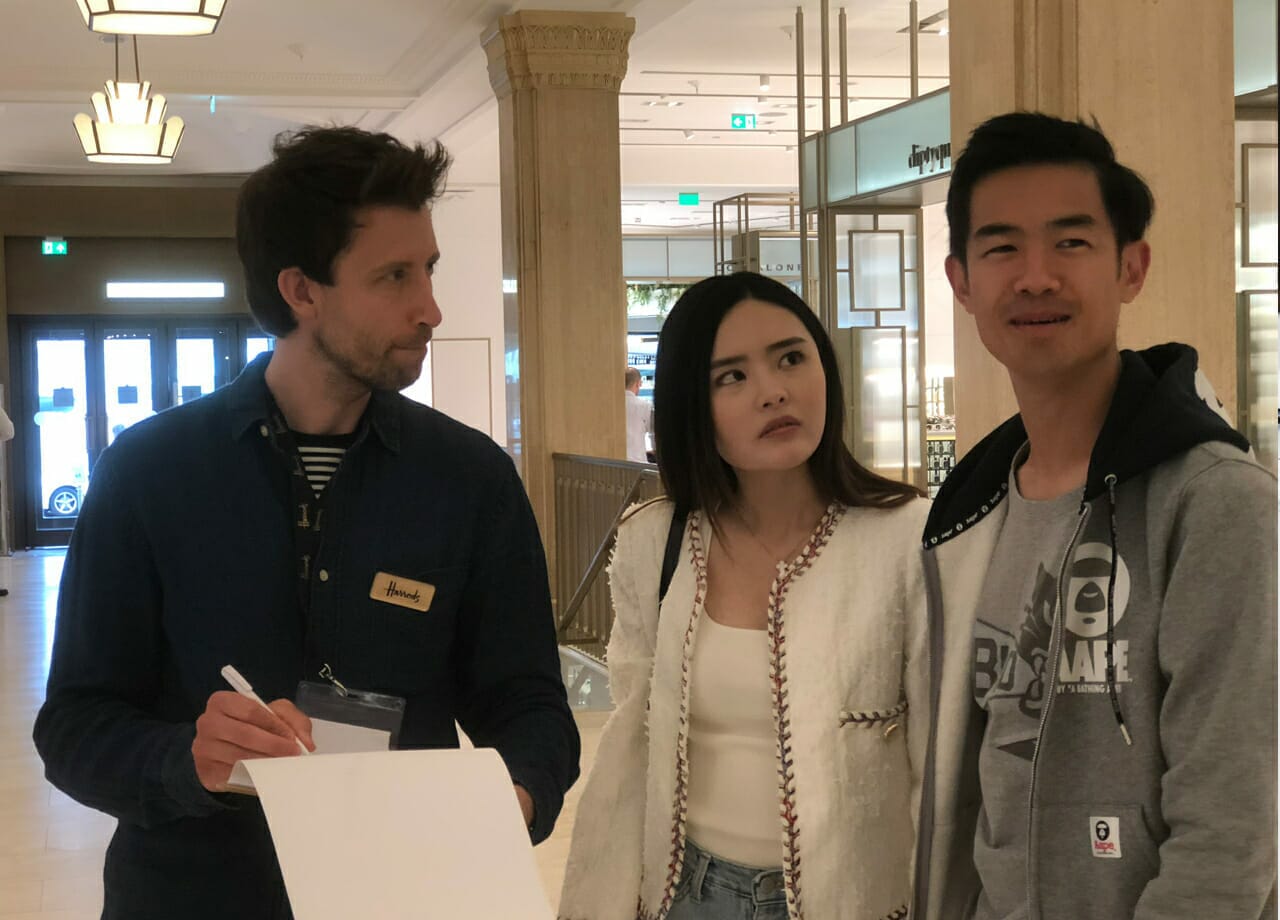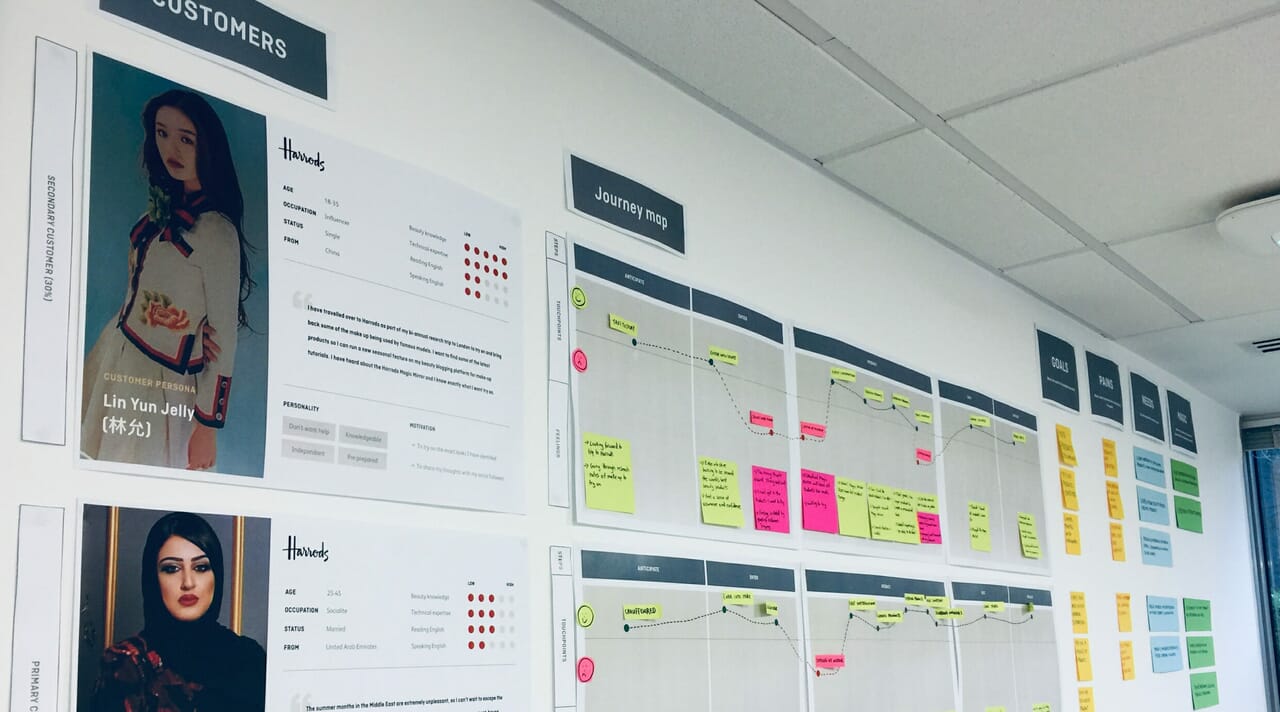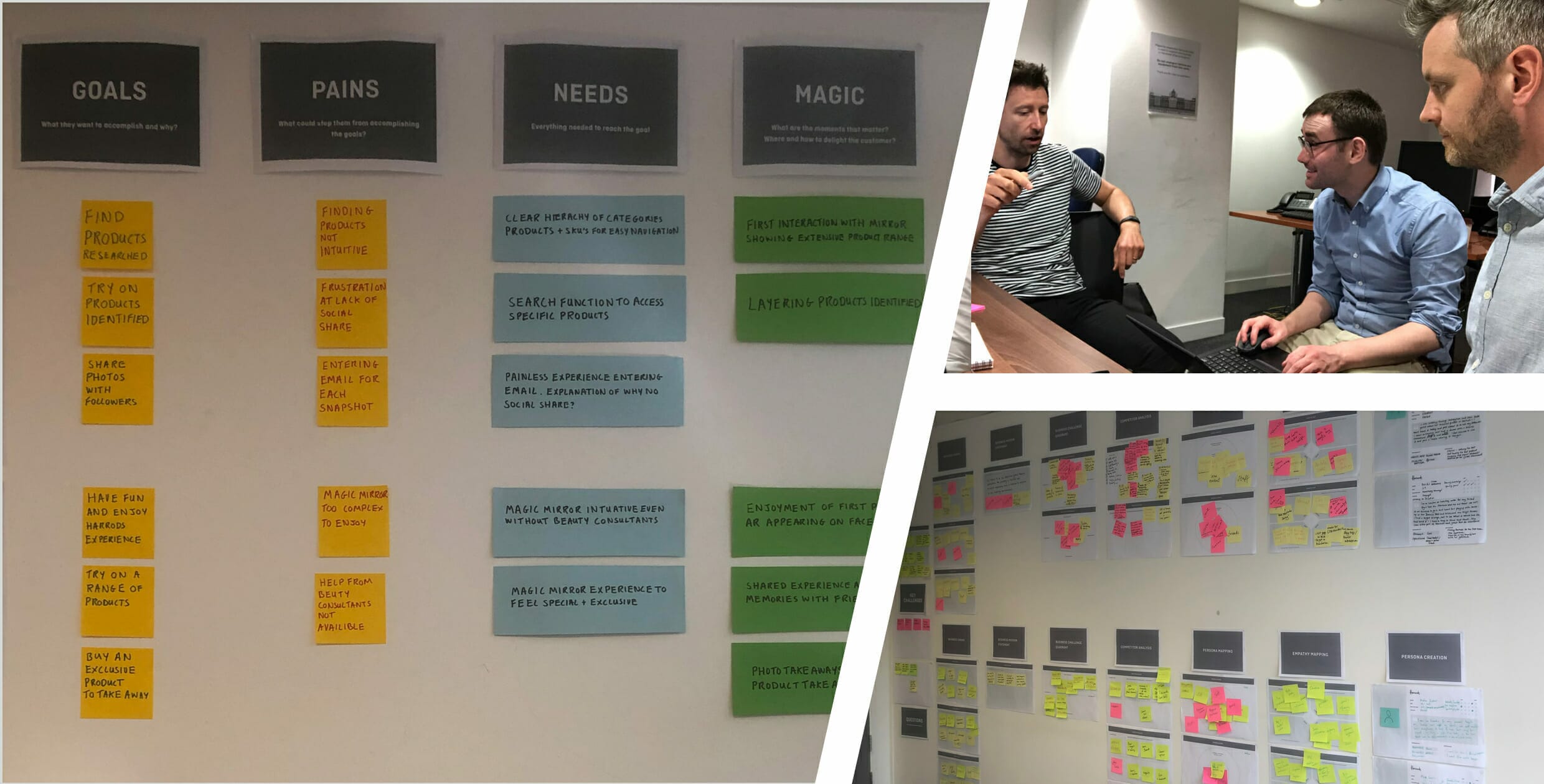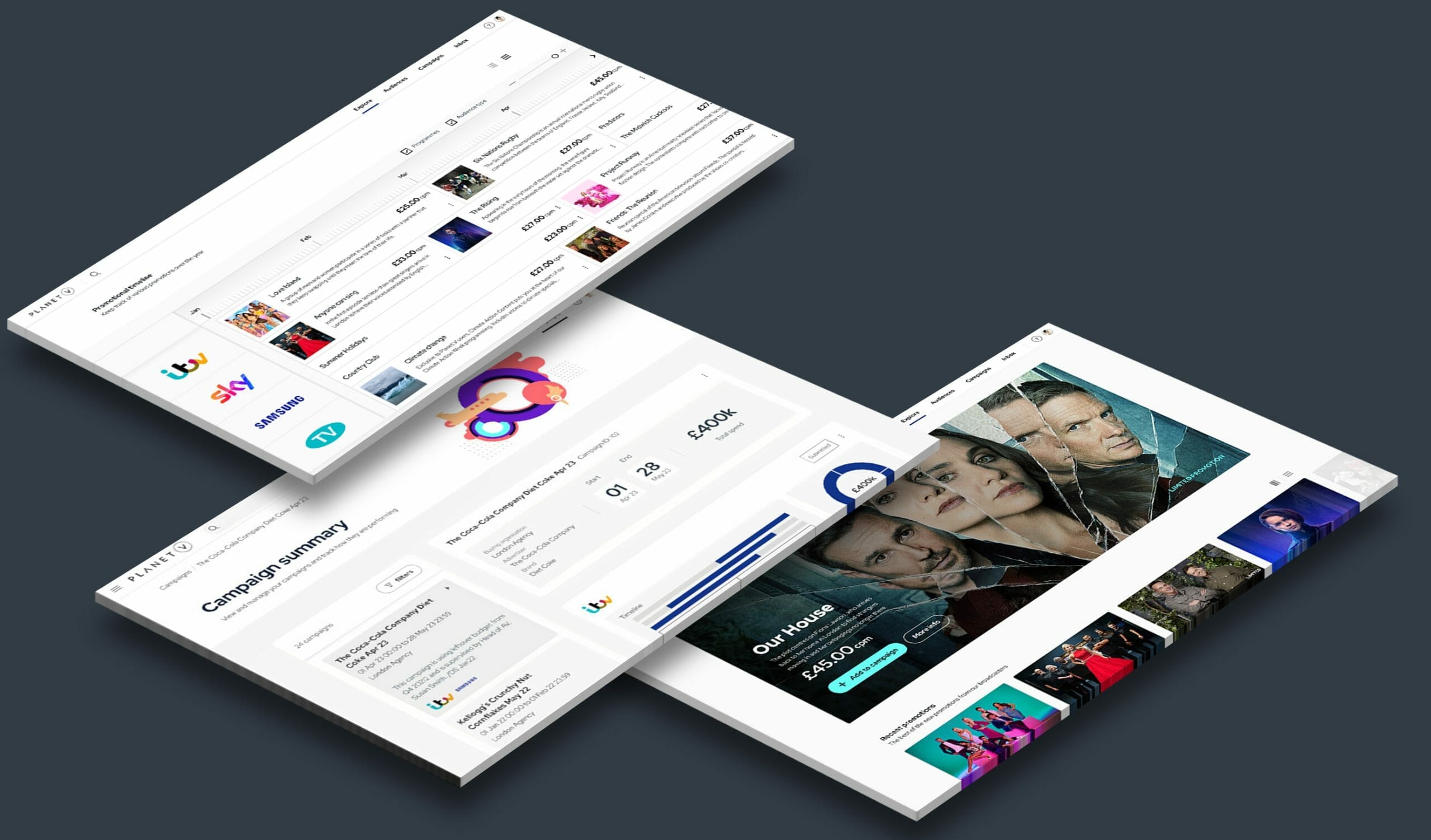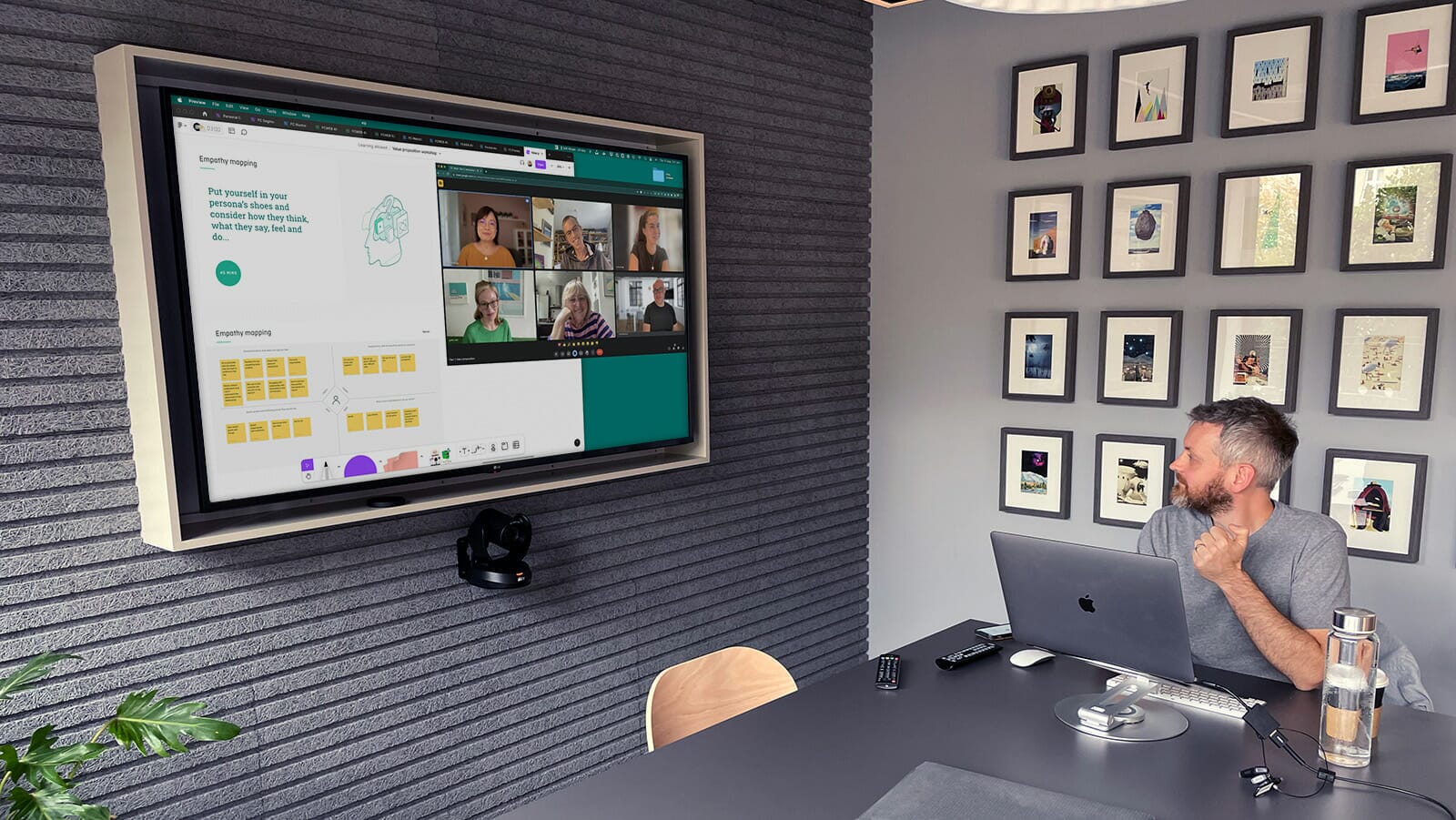Why conduct user research?
User research is essential for creating a design which is relevant to the user and their needs. Having a sound foundation of knowledge about the user will establish an emphatic attitude towards their wants and needs. User research, although typically performed at the beginning of the design process, should be acknowledged and referred to throughout, ensuring the project is following the original design intent. Approaching the design process from the user’s perspective will ensure the final product is both focused and validated; it could also help to iron out potential issues which could appear further into the project, and it is therefore much more cost effective and quicker to become aware of the user’s needs right from the beginning.


